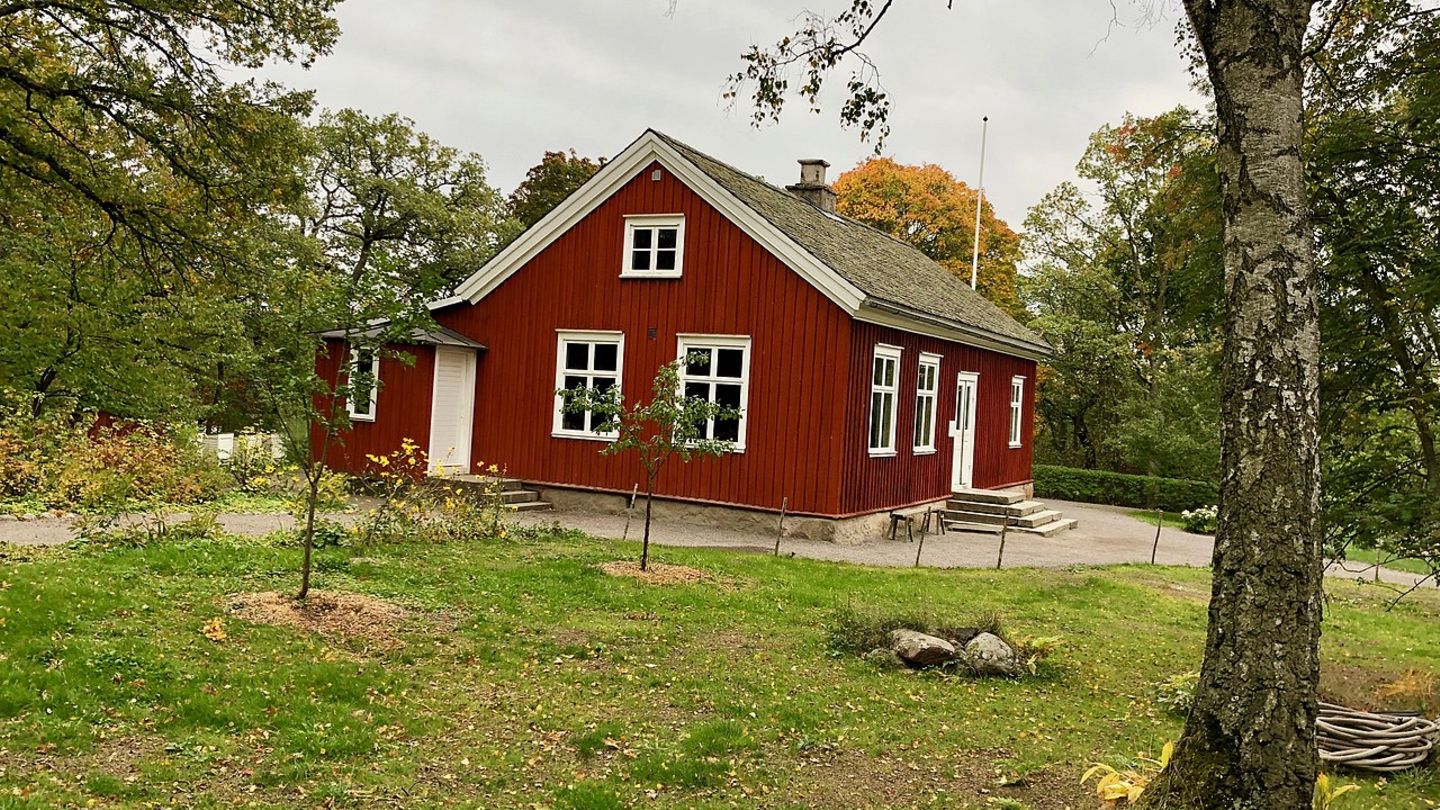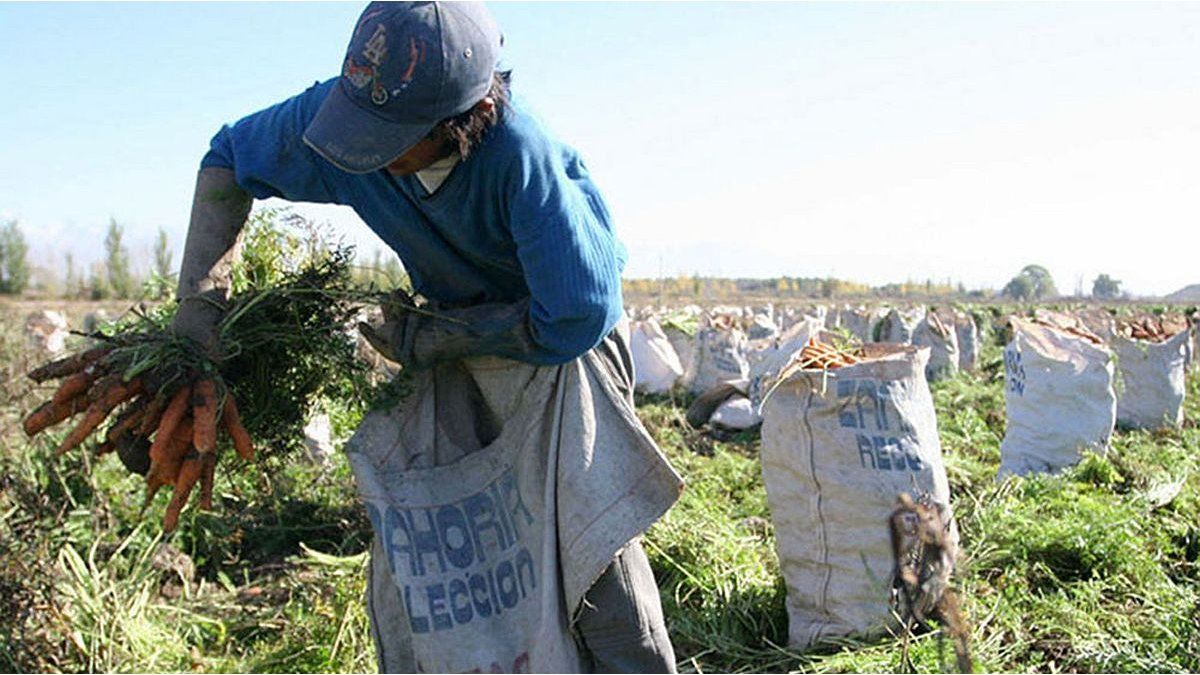The largest copper mine in Europe once stood in Falun, where the classic red color was produced. But it only became a symbol for Sweden when they wanted to fight poverty in the cities.
The whole world knows the red color that Swedes use to paint their wooden houses. Today there is a whole range of “Sweden colors”, but the origin is the Falun red. In the days before modern chemistry, it was not that easy to get bright colors. Many arose from mineral soils that were specially treated – mostly they were burned. So also the Falun red.
The color is named after its origin, the Falun copper mine in Sweden. It has been in operation since the 9th century, i.e. since the early Middle Ages. This was the largest copper mine in Europe, it made the region prosperous. “In the 17th century, two-thirds of the western world’s copper production came from Falun,” said Johanna Nybelius, archaeologist and museum educator at the mine, to Smithsonian Magazine. “At that time Sweden was one of the great powers of Europe and everything was paid for with copper from Falun”. But it seems that the Swedish expansion policy during the 30 Years War led to an overexploitation of the mine. At the end of the 17th century the mine was exhausted.
Product made from the remains of mining
That’s when the idea of color came up. The base material for the paint was actually a waste product from the mine. Falun red is made from rock remnants and iron-containing ores. When the iron weathers to iron oxide, you have the basis for the pigment. The oxide is washed out, then dried again and finally fired. Only in the oven does the yellowish material turn into a bright red color. The dry pigment is ground and mixed with water, flour and linseed oil to create a paintable color.
Falu Rödfärg still produces the traditional color in the mine today. “For the first 200 years it was a light color because the ovens weren’t that hot,” said Martin Jansson, the operations manager. Today, thanks to modern ovens, you can make different shades of Falun red. In earlier times, the bright red was more than enough, because bright colors with intense colors were difficult to produce and in great demand. The color is also an effective preservative. “The paint contains iron and copper vitriol,” says Nybelius. “Iron is good for preservation and copper is a fungicide.” These substances lead to the fact that the bodies of buried miners from the active time of the mine are now recovered mummified. Compared to modern colors, the Falun red allows the wood to breathe. “When you work with a modern plastic paint, you get a really waterproof layer and you have mold problems.”
Own home for the working class
The red had been popular since the 18th century because it gave a wooden house the look of more expensive brick. But it only shaped Sweden with a social housing project. With industrialization and the growing population in the cities, the “social question” of the 19th century also arose in Sweden: pauperism. In order to tackle urban poverty and create better housing conditions, a law was passed in 1904 that provided loans for building their own houses in the countryside. Any worker who auditioned soberly received financial aid to build their own house. Alcoholism was rightly considered a major public health hazard in Sweden at that time. These houses were mostly painted red and so the Falun red became the Swedish color par excellence.
The traditional color remains, but the waste mineral from the mine is limited. It will be enough for 80 to 100 years. Because of breathing, the color is still interesting today. You can also simply paint over weathered rough sawn wood with Falun red. Although the paint is not washable, it does not crack when it ages and it does not burst. There is only one abrasion. This makes repainting easier. The old paint just needs to be brushed off. Contrary to what you might think, the original color is actually comparatively cheap.
David William is a talented author who has made a name for himself in the world of writing. He is a professional author who writes on a wide range of topics, from general interest to opinion news. David is currently working as a writer at 24 hours worlds where he brings his unique perspective and in-depth research to his articles, making them both informative and engaging.




